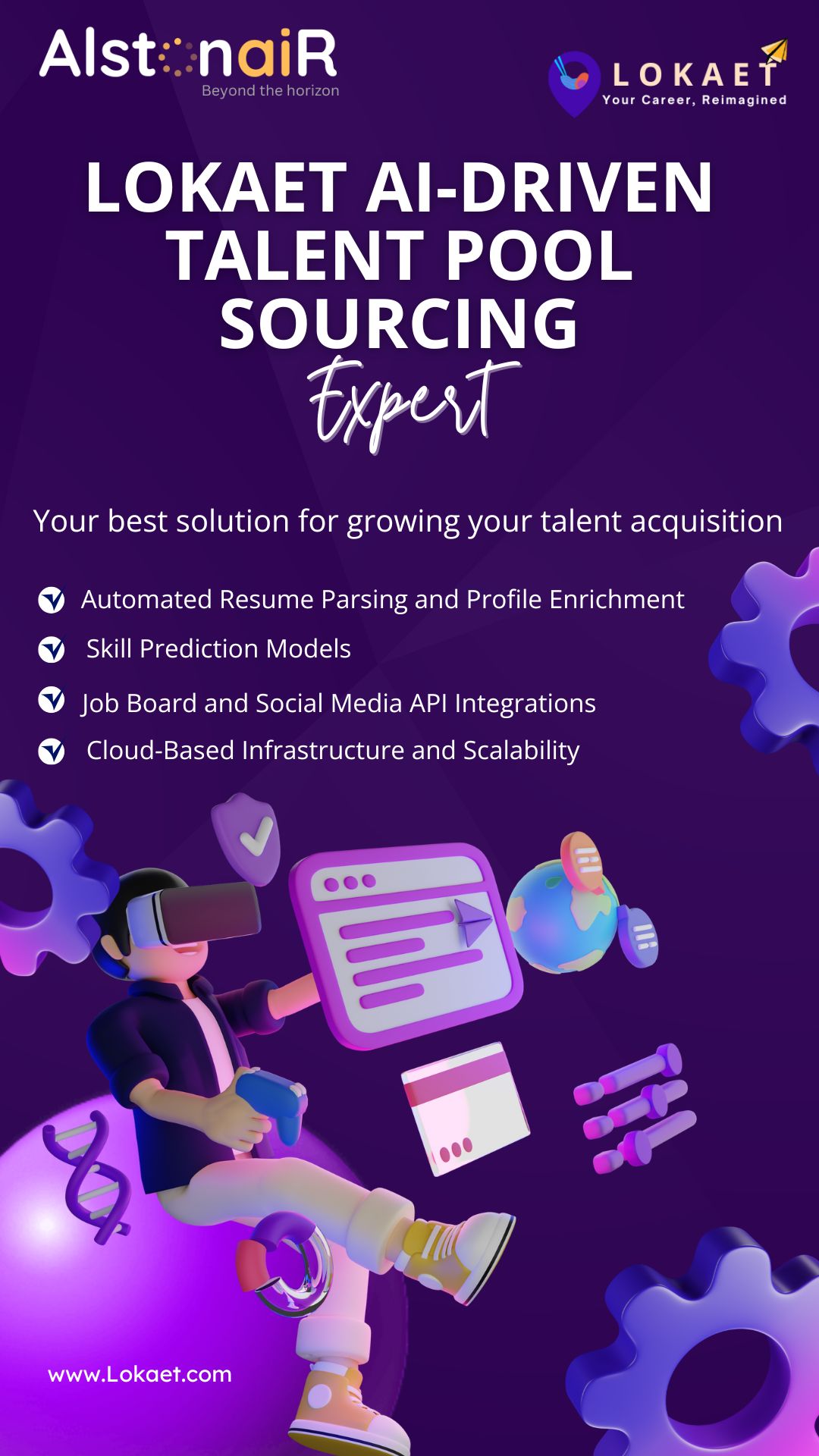
1. Intelligent
Candidate Search:
o
Advanced Filtering: Allow
recruiters to apply advanced filters (e.g., skills, experience, location) to
refine candidate search results.
o
Boolean Search: Support Boolean
search capabilities for more precise candidate searches.
2. Talent
Pipeline Management:
o
Pipeline Visualization:
Visualize the talent pipeline, showing stages from sourcing to engagement to
hiring.
o
Pipeline Health Monitoring:
Monitor the health of the talent pipeline, identifying gaps and opportunities
for improvement.
3. Candidate
Profiles:
o
Comprehensive Profiles: Create
detailed candidate profiles with information gathered from various sources.
o
Skill Endorsements: Allow
candidates to receive skill endorsements from peers and previous employers.
4. Proactive
Engagement Tools:
o
Candidate Nurturing: Implement
candidate nurturing workflows to keep potential candidates engaged over time.
o
Event Invitations: Automate
invitations to recruitment events, webinars, and workshops to maintain
candidate interest.
5. Collaboration
and Communication:
o
Team Collaboration: Enable
recruitment teams to collaborate on candidate profiles, share notes, and
discuss hiring strategies.
o
Integrated Messaging: Provide
integrated messaging tools for seamless communication with candidates and team
members.
6. Integration
and API Access:
o
ATS/CRM Integration: Integrate
seamlessly with applicant tracking systems (ATS) and customer relationship
management (CRM) platforms.
o
Open API: Offer an open API for
custom integrations and data exchange with other business systems.
7. Continuous
Improvement and Feedback:
o
Feedback Mechanism: Implement a
feedback mechanism for recruiters to provide input on candidate sourcing and
engagement.
o
Adaptive Learning: Continuously
update AI models based on feedback and new data to improve accuracy and
performance.
HireSmart AI is a web-based recruitment platform designed to streamline and optimize the hiring process. By seamlessly integrating artificial intelligence (AI) with existing Applicant Tracking Systems (ATS), HireSmart AI simplifies every stage of recruitment, from candidate screening and interview scheduling to offer management. The platform enhances the efficiency of hiring teams, reduces time-to-hire, and improves candidate quality by offering data-driven insights and automation in key hiring workflows.
HireSmart AI is an AI-driven hiring platform that complements and enhances existing Applicant Tracking Systems (ATS). It leverages machine learning and AI algorithms to automate and optimize essential stages of the recruitment process, making hiring faster, more accurate, and more efficient. The platform integrates seamlessly with the user's current ATS, enabling recruiters and HR teams to improve their processes without requiring a complete overhaul of their systems. By automating candidate screening, shortlisting, interview scheduling, and offer management, HireSmart AI empowers organizations to focus on what matters most—selecting the right candidates for the job.
Core Features:
AI-Driven Candidate Screening:
Seamless ATS Integration:
Automated Candidate Shortlisting:
Intelligent Interview Scheduling:
Offer Management:
Real-Time Analytics and Reporting:
1. Predictive
Analytics Engine:
o
Machine Learning Models:
Utilize advanced machine learning algorithms (e.g., regression analysis,
decision trees, neural networks) to analyze historical hiring data and predict
future candidate demand.
o
Data Ingestion Pipelines:
Establish data pipelines to continuously ingest data from diverse sources such
as job boards, professional networks, social media channels, and company
databases.
o
Anomaly Detection: Implement
anomaly detection algorithms to identify unexpected changes in candidate
engagement or hiring trends, enabling proactive adjustments to sourcing
strategies.
2. Automated
Candidate Sourcing:
o
Web Scraping: Use web scraping
tools to gather candidate information from various online platforms and social
media channels.
o
API Integration: Integrate with
APIs of popular job boards, professional networks (e.g., LinkedIn), and social
media platforms to access candidate data.
o
Data Normalization: Normalize
and standardize candidate data from different sources to ensure consistency and
accuracy.
3. Candidate
Matching and Ranking:
o
Semantic Search: Employ natural
language processing (NLP) to understand the context and meaning behind job
titles, skills, and experiences.
o
Relevance Scoring: Develop
algorithms to score and rank candidates based on their relevance to predicted
future demand and job requirements.
o
Customizable Matching Criteria:
Allow recruiters to customize matching criteria and weightings to align with
specific hiring needs.
4. Engagement
Automation:
o
AI Chatbots: Implement
AI-powered chatbots to engage with potential candidates, answer initial
inquiries, and schedule interviews.
o
Automated Outreach: Set up
automated email and messaging campaigns to reach out to high-potential
candidates and keep them engaged.
o
Personalized Communication: Use
AI to personalize communication based on candidate profiles and engagement
history.
5. Real-Time
Analytics and Insights:
o
Dashboards and Reports: Provide
interactive dashboards and reports to visualize sourcing metrics, candidate
engagement, and predictive insights.
o
Real-Time Alerts: Enable
real-time alerts for recruiters when high-potential candidates are identified
or when engagement levels change.
o
Trend Analysis: Analyze trends
in candidate sourcing and engagement to continuously optimize strategies.
6. Data
Security and Compliance:
o
Data Encryption: Implement
robust encryption protocols for data in transit and at rest to ensure candidate
data security.
o Compliance Management: Ensure compliance with data protection regulations (e.g., GDPR, CCPA) by managing data access and consent.